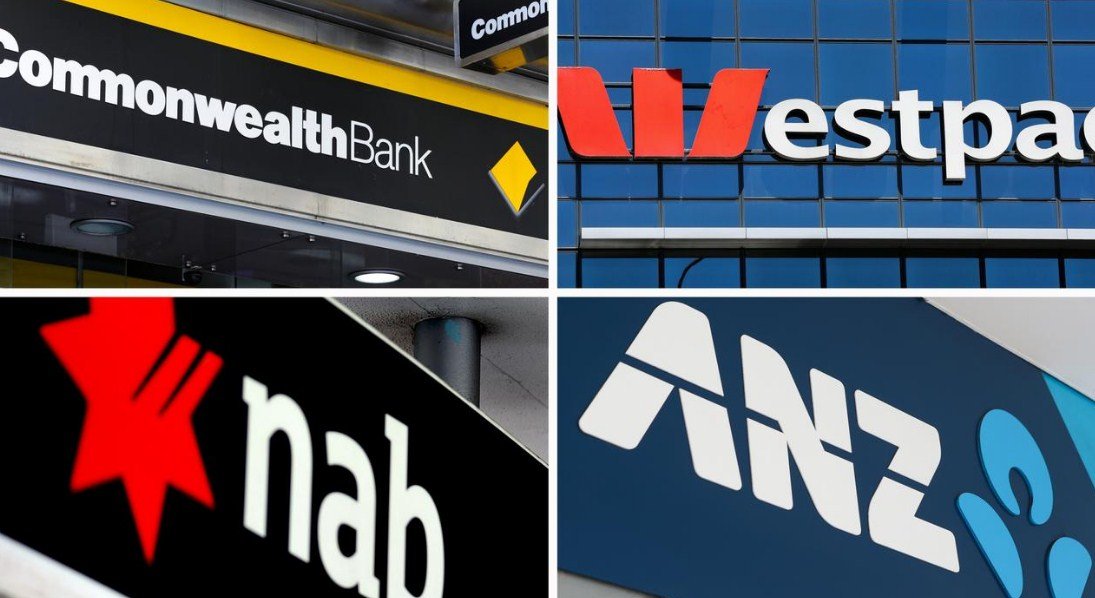UBS releases its latest preferences for Australian banks
UBS, a global financial services firm, has recently published its updated preferences for the Australian banking sector. The report, titled “Australian Banks: 2023 Outlook”, provides an overview of the challenges and opportunities facing the major banks in the country, as well as the firm’s ratings and price targets for each of them.
According to UBS, the Australian banking sector is facing a number of headwinds, such as low interest rates, margin pressure, regulatory uncertainty, digital disruption, and rising competition. However, the firm also sees some positive drivers, such as strong economic recovery, robust housing market, improving asset quality, and capital return potential.
Among the four major banks, UBS has a buy rating on Commonwealth Bank of Australia (CBA) and Australia and New Zealand Banking Group (ANZ), while it has a neutral rating on Westpac Banking Corporation (WBC) and National Australia Bank (NAB). UBS also has a buy rating on Macquarie Group (MQG), a diversified financial group.
CBA and ANZ stand out for their performance and prospects
UBS believes that CBA and ANZ are the best positioned among the major banks, as they have delivered strong performance and have attractive growth prospects. The firm cites the following reasons for its preference:
- CBA has the highest return on equity (ROE) and the lowest cost-to-income ratio among the major banks, reflecting its superior efficiency and profitability. The bank also has a strong balance sheet, with a high capital ratio and low bad debts. UBS expects CBA to resume its dividend payout ratio of 75% in 2023, and to return excess capital to shareholders through buybacks or special dividends.
- ANZ has the most diversified revenue mix among the major banks, with a significant exposure to Asia-Pacific markets. The bank also has a strong capital position, with a high common equity tier 1 (CET1) ratio and a low leverage ratio. UBS expects ANZ to increase its dividend payout ratio to 70% in 2023, and to return excess capital to shareholders through buybacks or special dividends.
UBS has a price target of $110 for CBA and $32 for ANZ, implying a potential upside of 12% and 15%, respectively, from their current share prices.
WBC and NAB lag behind in terms of performance and outlook
UBS is less optimistic about WBC and NAB, as they have underperformed their peers and have weaker outlooks. The firm cites the following reasons for its caution:
- WBC has the lowest ROE and the highest cost-to-income ratio among the major banks, reflecting its lower efficiency and profitability. The bank also has a lower capital ratio and a higher bad debt charge than its peers. UBS expects WBC to maintain its dividend payout ratio of 65% in 2023, and to return excess capital to shareholders through buybacks or special dividends.
- NAB has the lowest revenue growth and the highest impairment charge among the major banks, reflecting its exposure to the business and institutional segments, which have been hit hard by the COVID-19 pandemic. The bank also has a lower capital ratio and a higher leverage ratio than its peers. UBS expects NAB to increase its dividend payout ratio to 65% in 2023, and to return excess capital to shareholders through buybacks or special dividends.
UBS has a price target of $26 for WBC and $28 for NAB, implying a potential upside of 6% and 9%, respectively, from their current share prices.
MQG remains a top pick for its diversified and resilient business model
UBS also has a positive view on MQG, as it has a diversified and resilient business model, with exposure to various sectors and regions. The firm cites the following reasons for its recommendation:
- MQG has a high ROE and a low cost-to-income ratio, reflecting its strong profitability and efficiency. The group also has a solid balance sheet, with a high capital ratio and low bad debts. UBS expects MQG to increase its dividend payout ratio to 70% in 2023, and to return excess capital to shareholders through buybacks or special dividends.
- MQG has a balanced revenue mix, with contributions from its annuity-style businesses (such as asset management, banking and financial services, and corporate and asset finance) and its capital markets-facing businesses (such as commodities and global markets, and Macquarie Capital). The group also has a diversified geographic footprint, with operations in Australia, Asia, Europe, and North America.
UBS has a price target of $200 for MQG, implying a potential upside of 14% from its current share price.

